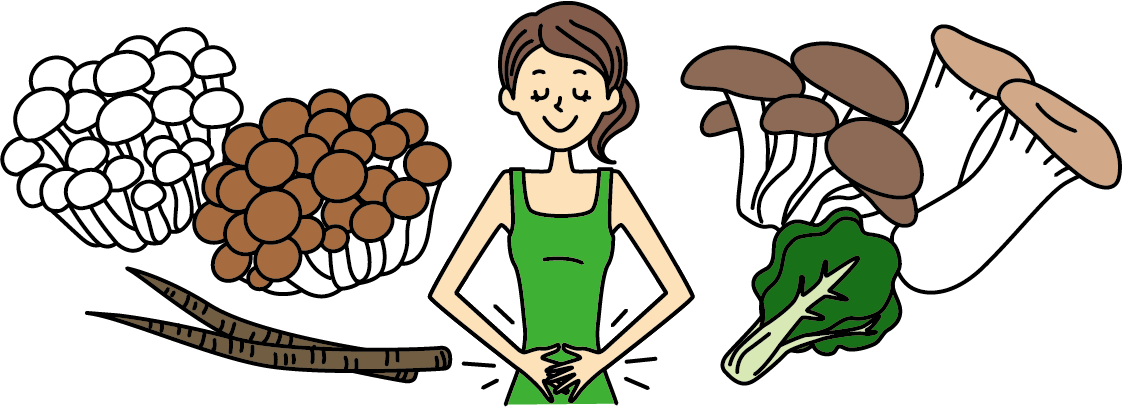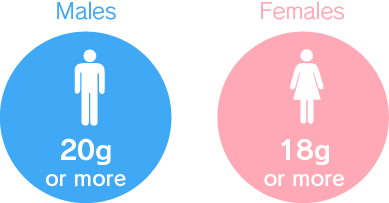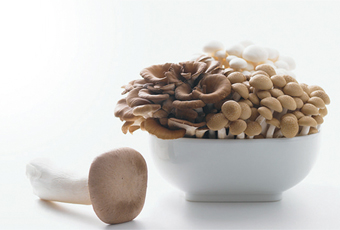Dietary Fiber

Dietary Fiber: Found in Abundance within Mushrooms.
Dietary fiber shows various effects, including the relief of constipation, the control of sudden rises in blood sugar levels, and the absorption and subsequent emission of excess fats from the body.
Improvement of the Intestinal Environment
There are around 100 trillion indigenous bacteria comprising 100 - 1000 different varieties living within the human intestine. They are divided into the three groups “good bacteria”, “bad bacteria”, and “opportunistic pathogens”, according to their roles. A ratio of 2:1:7 (good:bad:opportunistic) provides a healthy balance, but that can be upset by the aging process and poor lifestyle and eating habits, resulting in issues such as constipation, obesity and rough skin. The consumption of dietary fiber improves the intestinal environment, increasing the absorption of vitamins and minerals essential for beauty, assists with the expulsion of waste products, and also increases metabolism, making it useful for dieting.

Dietary Fiber Reference Intakes
The recommended daily dietary fiber intakes for 6 - 17-year-olds were updated in the publication “Dietary Reference Intakes for Japanese (2015)”.
The recommended daily intake for adult women is 18 g, however in reality the average intake is lower, at 14.3 g*.
Persisting with kinkatsu by adding mushrooms to everyday meals leads to the regular intake of dietary fiber.
Dietary Fiber Recommended Daily Intake
Dietary Reference Intakes for Japanese (2015)

